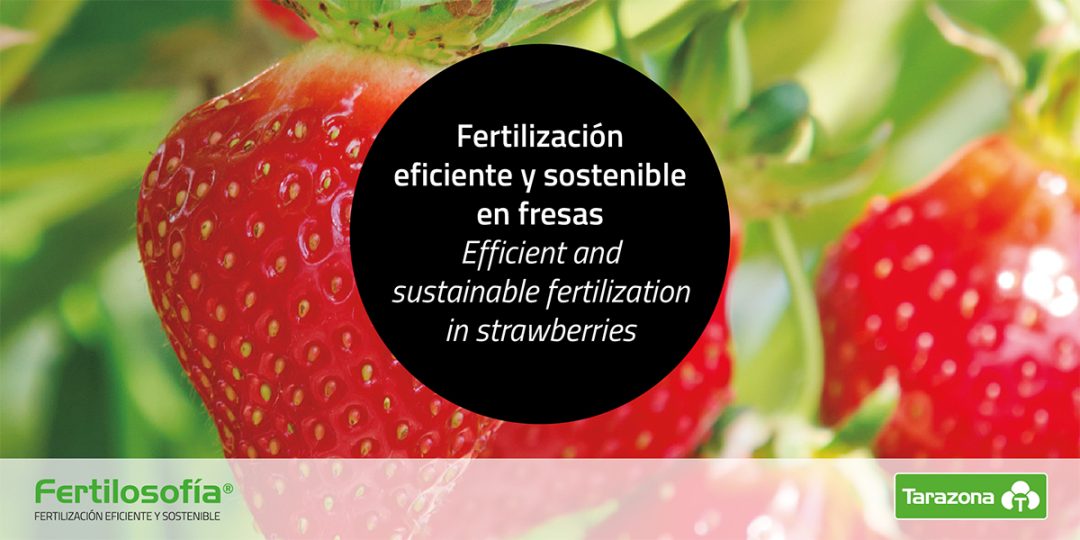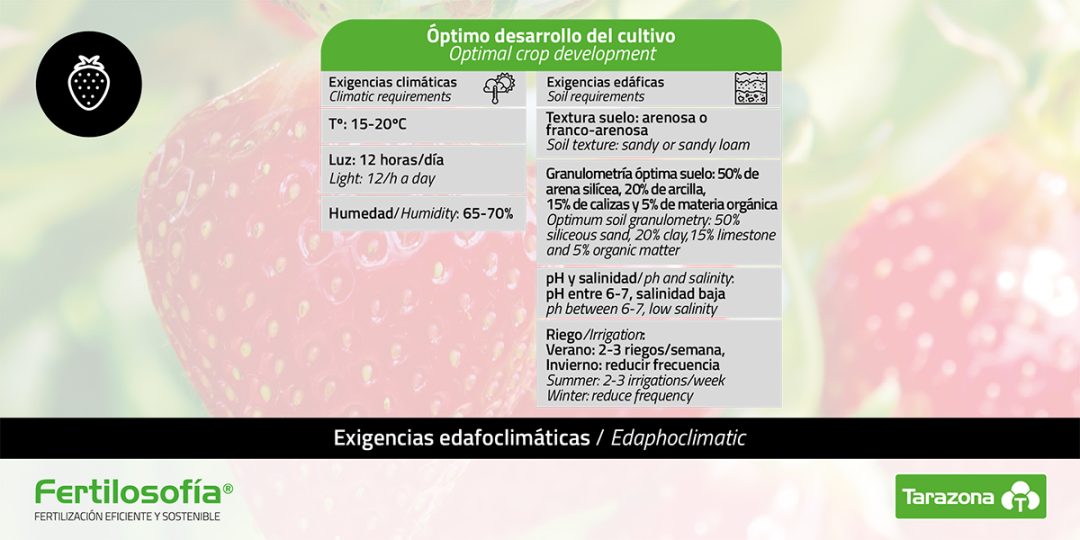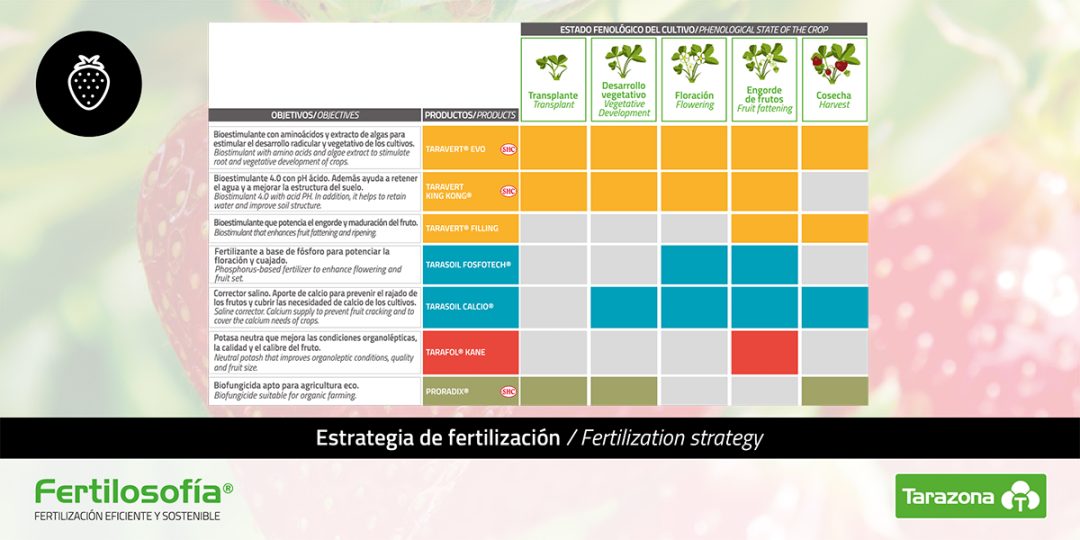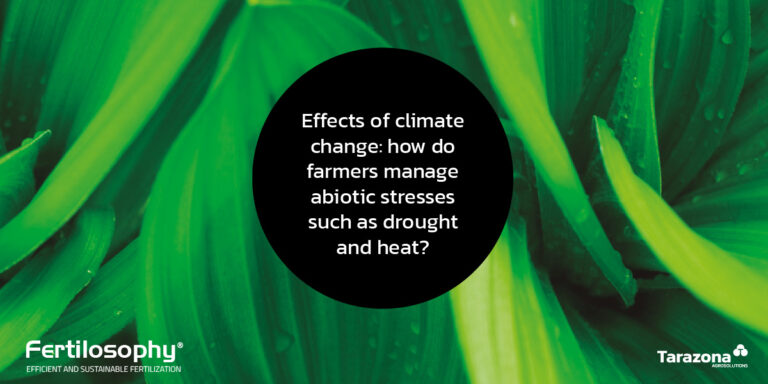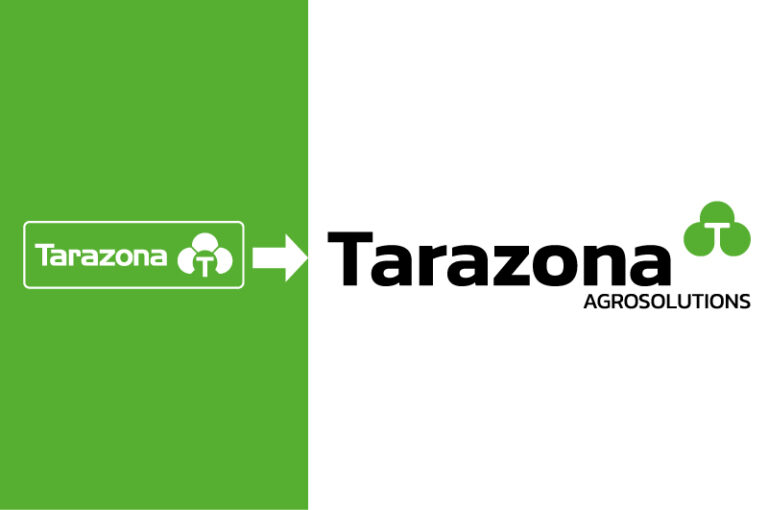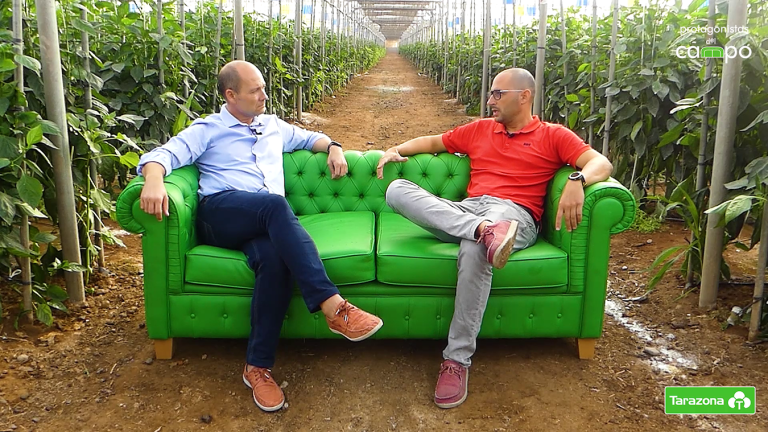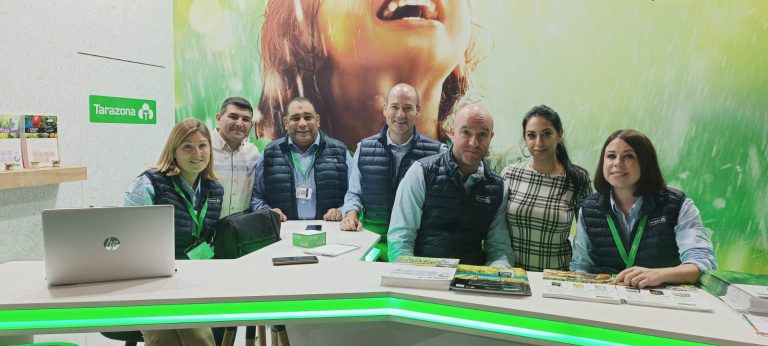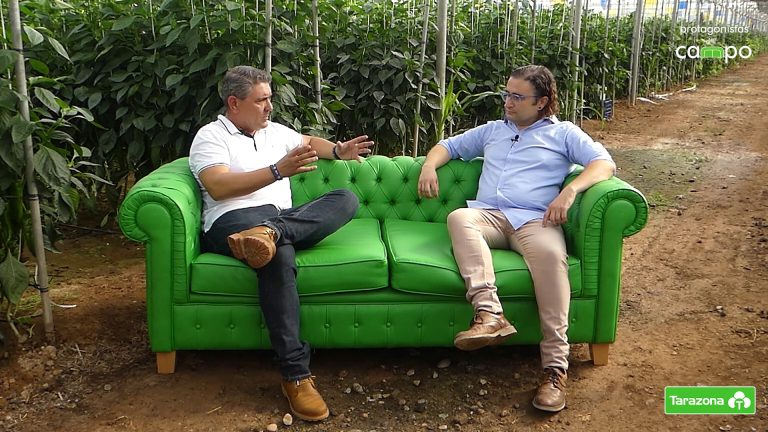The strawberry belongs to the genus Fragaria and the family Rosaceae. It is a crop whose wild origins come from the Alps, being a small fruit, but with a lot of flavor.
Spain produces 26% of European strawberries and Andalusia produces 97% of the strawberries marketed in Spain, with Huelva being the province where almost all strawberries are grown, followed by Catalonia.
The weather and good conditions for strawberry cultivation are the results of the production data in these geographical areas.
The market of strawberries is mostly send for the international market, the vast majority of Andalusian strawberry exports are directed to the EU. The main destinations of this delicious fruit outside our borders are Germany, France and the United Kingdom, and in a smaller measure to Italy, Belgium and the Netherland.
Edaphoclimatic requirements
The strawberry plant is well adapted to sandy loam-loam soils with good drainage. In sandy soils the temperature rises easily, so fruit production is early; on the other hand, in clay soils with less air content the temperature is lower and, therefore, fruiting is later. Cultivation on high ridges is recommended to avoid sanitary problems in the root system caused by poor drainage.
Although there are sprinkler irrigations in the early stages of the crop, the nutrients and water necessary for the plant in its productive cycle are provided by fertigation.
The following are the specifications of the edaphoclimatic requirements:
- Temperature: the appropriate temperature range during fruit set should be around 15-20ºC as an annual average. Temperatures below 12ºC during fruit set result in fruit deformed by cold. Temperatures above 25ºC may result in too rapid fruit ripening and coloration. However, the crop needs to accumulate a chain of chilling hours, with temperatures below 7ºC, for abundant vegetation and fruit set.
- Humidity: The recommended relative humidity range is between 65 and 70%. If the humidity is excessive, it helps the appearance of diseases, while, if it is deficient, it induces damages in the production.
- Light: require 12 hours of light per day for good productivity.
- Substrate: it needs a sandy or sandy loam-textured soil, with good aeration and drainage capacity and high organic matter content. The pH should be around 6-7.
The optimum granulometry of a soil for strawberry cultivation is approximately: 50% siliceous sand, 20% clay, 15% limestone and 5% organic matter.
For a good progress of organic matter, a C/N value of 10.
As far as salinity is concerned, strawberries do not tolerate high levels of salinity.
The CEes should not exceed 1 mmhos/cm. It is also very sensitive to active limestone, especially at values higher than 5%, since it causes iron blockage with the consequent chlorosis.
- Irrigation:fertigation is adequate. The frequency and duration of irrigation depends on climatic conditions, soil texture and plant needs. During the summer, the frequency of irrigation should be higher, with 2-3 irrigations per week. However, in winter it is beneficial to reduce the frequency of irrigation.
Fertilization estrategies and nutritional needs in strawberries
The word sustainability is one of the terms that sound more and more strongly in strawberry cultivation. The balance between productivity and profitability is accompanied by an effort to maintain the environment and social work. Therefore, from Tarazona we are committed to this cause and way of working by practicing our Fertilosophy® principle: efficient and sustainable fertilization. In order to achieve the best production yields in strawberry cultivation, we have proposed a fertilization strategy with our efficient and environmentally friendly products.
Next, we propose the sinergy of products from our bioestimulant, agronutrients and microorganism range TARATECH®, to achieve the best possible results.
In the initial fase of the crop the joint application of Tarasoil® Fosfotech and Taravert® Evo is recommended. The combination of the bioestimulant effect Taravert® Evo (3 l/ha) with the phosphorus source provided by Tarasoil® Fosfotech (5-10 l/ha) guarantees the good start of the crop and prevents stress caused by the transplanting.
In this phase, it is also the right moment to apply PRORADIX®, a last generation bio fungicide based on Pseudomonas sp. (strain DSMZ 13134). Apart from being a highly effective preventive fungicide without residues, it has other benefits for the plant such as its biostimulant power, the production of chitin to protect the crop, an improvement of root development and, in addition, it induces systemic acquired resistance (SAR) and induced systemic resistance (ISR), which makes it a very complete product.
At the same time, Taravert® EVO is a product recommended for times of plant stress caused by low and high temperatures, thanks to its composition based on algae, Ascophylum nodosum, and its high percentage of free amino acids.
Taravert King Kong® is a biostimulant 4.0, it will provide our soil with a large amount of humic and fulvic acids of the highest quality, coming from Leonartida. It is a product with a slightly acid pH, providing the soil with an ideal medium so that the strawberry crop can take all the nutrients that we provide via fertigation without any of them being washed out and being incorporated into the clay-humic complex. Therefore, a periodic application (2 l/ha) will provide a better structure to our soil and reduce the blockages of essential elements for the nutrition of our plants.
The strawberry cultivation is highly demanding of calcium and potassium due to its high yields.
First of all, as a calcium source, the most indicated producto of the Taratech range is Tarasoil® Calcium, a calcium oxide complexed with lignosulfonic acid. With the combination of these elements, we achieve that calcium is distributed through the xylem at a higher speed thanks to the fulvic acids it contains, reaching all the points of the plant where calcium is an indispensable element, such as the fruits and new shoots. With the application of Tarasoil® Calcium we improve the cellular wall of the fruits causing a greater consistency, being this of great help for the harvest (avoiding fruit marking) and increasing the durability of the post-harvest duration. The application of Tarasoil® Calcium improves the washing of salts from irrigation water, thus improving soil structure and nutrient absorption. The recommended dose is 15-20 L/ha distributed in 5 – 6 applications.
Secondly, as a source of potassium we will use two alternatives depending on the time of the year and the objective we want to achieve. Taravert® Filling incorporates with it a rich source of potassium with Ascophylum nodosum algae and micronutrients, favoring fruit coloration and ripening. Tarafol® Kane is an ideal fertilizer for the application of potassium at times of maximum demand. The potassium present in the formulation is complexed with organic acids, which provides a greater assimilation by the plant, thanks to the neutral pH of the product.
Besides, all these products will complement the fertilization estrategy, where we combine them with the different balances Krystafeed® Darwin for each stage of the crop. Crystalline products manufactured with the highest quality raw materials, free of chlorides and accompanied by Ascophylum nodosum algae extract and micronutrients.
This fertilization plan is aimed to reduce inputs and making better use of them, reducing the carbon footprint of the fruit and always respecting the environment. In addition, the increase in production and the longer shelf life of the fruit makes it possible to reduce food waste and address the problem of a growing world population.
From Tarazona and always under our Fertilosophy®, we manage to combine efficiency, responsibility and sustainability 360º.

